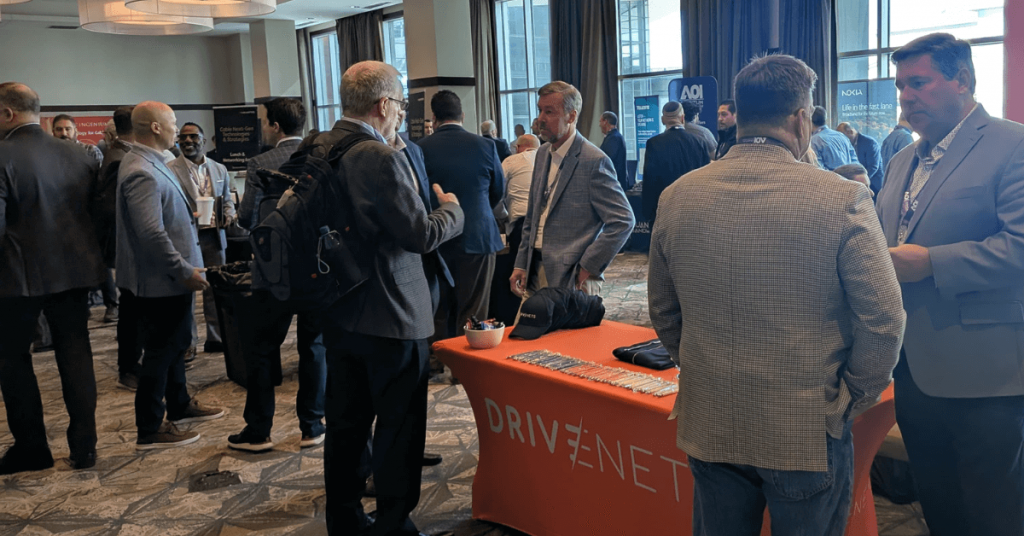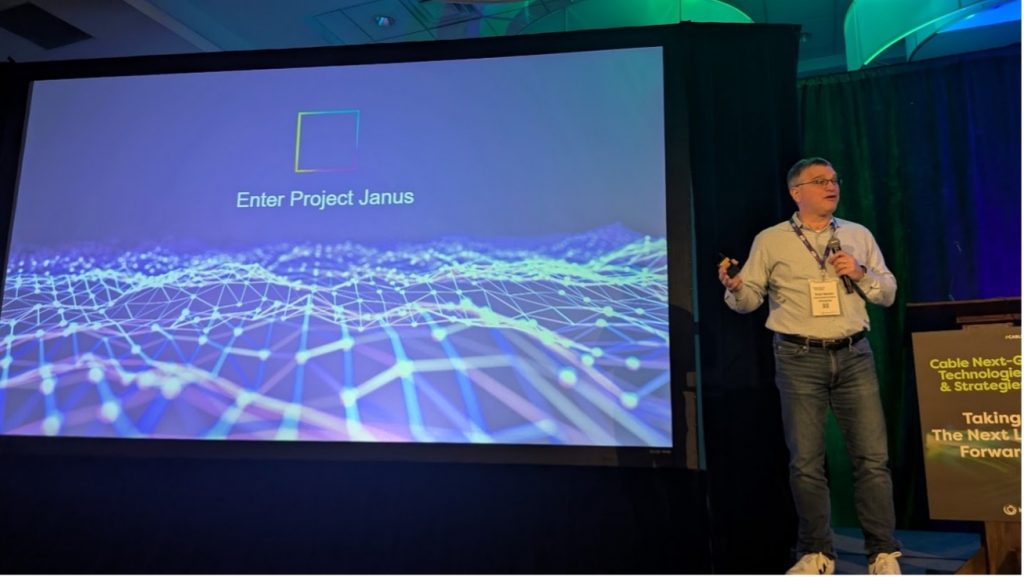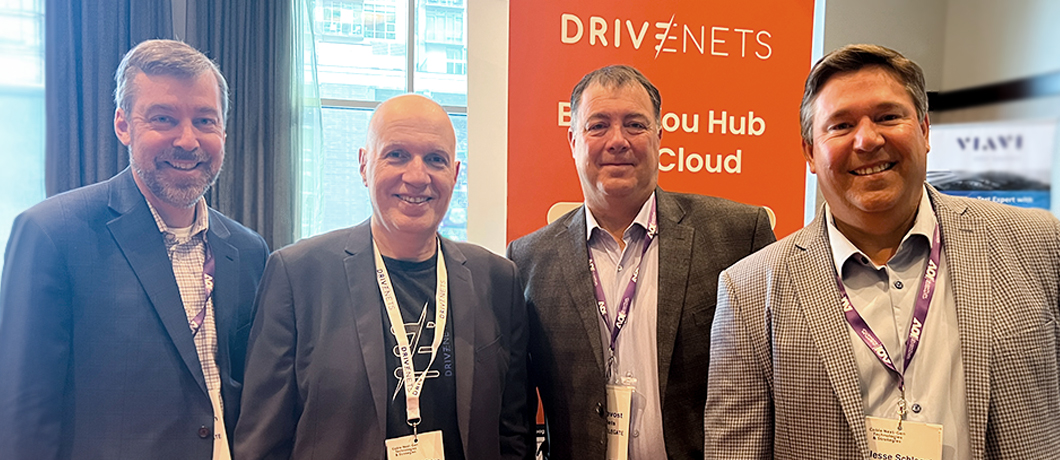|
Getting your Trinity Audio player ready...
|
Challenges – Declining Market and Fierce Competition
While the challenges are well known, they were spelled out clearly in the beginning of the conference by Alan Breznick from Light Reading. The cable video market is bleeding due to fierce over-the-top (OTT) competition and the growing number of cord-cutters, with the top US multiple systems operators (MSOs) losing just over 3M video subscribers in 2024.
The situation in the broadband domain is not so great either, with top public MSOs losing over 1M broadband subscribers in 2024. Fixed wireless access (FWA) gained just as many subscribers, and fiber to the home (FTTH) grew even faster.
All this is happening while cable operators are upgrading their networks to DOCSIS 3.1 Plus and DOCSIS 4.0, implementing distributed access architecture (DAA), and embracing fiber/PON (passive optical network) solutions.

Opportunity – A New Network Architecture for a New Customer Experience
All those new technologies are opening up new opportunities for cable operators, as they realize that the broadband competition is about more than just “feeds and speeds.”
There are three main parameters that, when combined, can create a compelling value proposition that will appeal to residential and business customers:
- Capacity: the ability to provide very high capacity (up to and beyond 10Gbps) of symmetric service
- Latency: ultra-low-latency connectivity, which is crucial to video, gaming, virtual reality (VR)/augmented reality (AR) services and more
- Availability: very high reliability, in terms of both mean time between failures (MTBF) and mean time to repair (MTTR)
A network architecture that enables the above would be the MSOs’ secret weapon against competition – be it OTT, FWA, or PON.
News – Comcast Has Figured It Out
This is not just a theoretical exercise – as shown by Comcast and DriveNets’ exciting announcement earlier this week. Elad Nafshi, Chief Network Officer of Comcast, shared his extended vision around the MSO’s network transformation journey during his keynote address at the event. Elad described how “the largest network transformation is underway” with a clear goal of changing customers’ lives.
This network transformation spans from access to core, with more customers served now by virtual cable modem termination systems (vCMTSs) than by legacy converged cable access platforms (CCAPs). This transformation also involves the heavy introduction of edge compute infrastructure into the access network, with every customer being no further than 5ms from the nearest edge compute instance; this allows enormous flexibility in introducing ultra-low-latency services.
This is accompanied by intensive AI-enabled automation that reduces time to identify (root cause analysis) and time to repair (TTR). This also eliminates, almost completely, the use of command-line interfaces (CLIs), “fat fingering” and other human errors. According to Elad, 99.7% of the operations in the Comcast network are fully automated.
I think the key point in Elad’s talk was the need to blur or erase the artificial separation between access technologies and operations and those at the network core. While cable is, traditionally, all about access, the core plays a major part in service offering and availability, as well as in convergence and automation of the network. Significantly, the core has a higher blast radius for each fault. So core and access need to be “stitched” together. Enter project Janus.

On a personal note, it was great seeing that the cable industry is still alive and kicking! It was even nicer seeing how DriveNets’ latest project announced with Comcast is a key building block in the industry’s transformation.
Related content for Service Provider Routing and Network Infrastructure
eGuide
Transforming Networks for Operators




